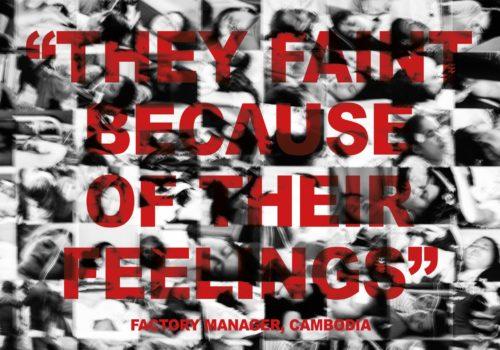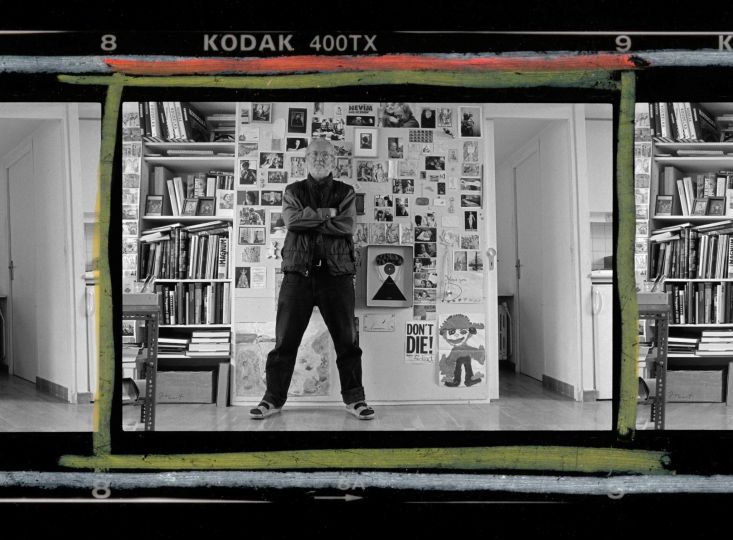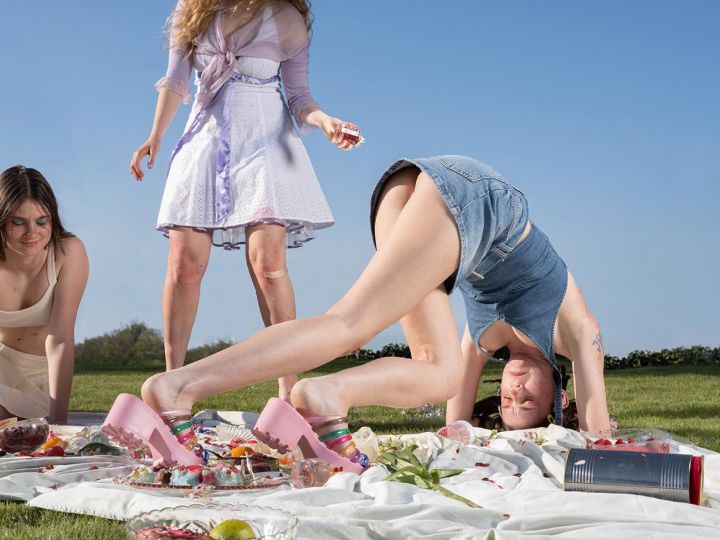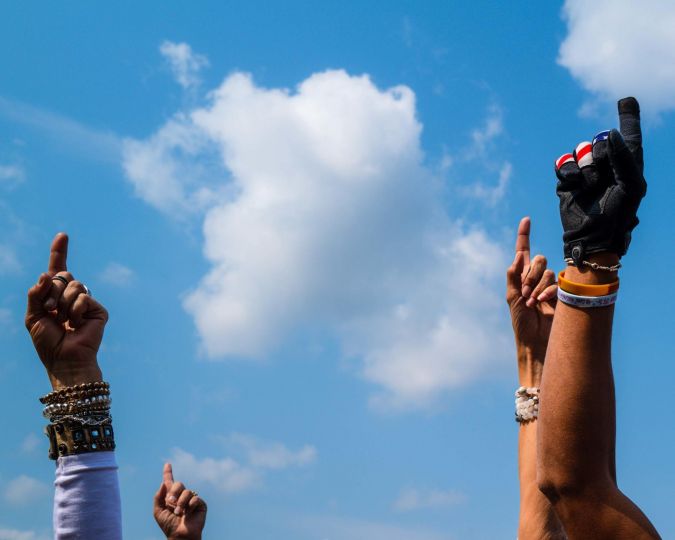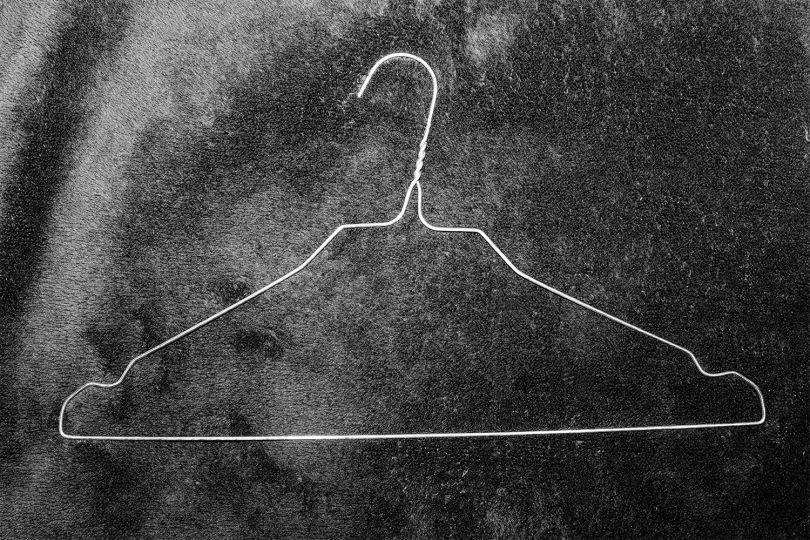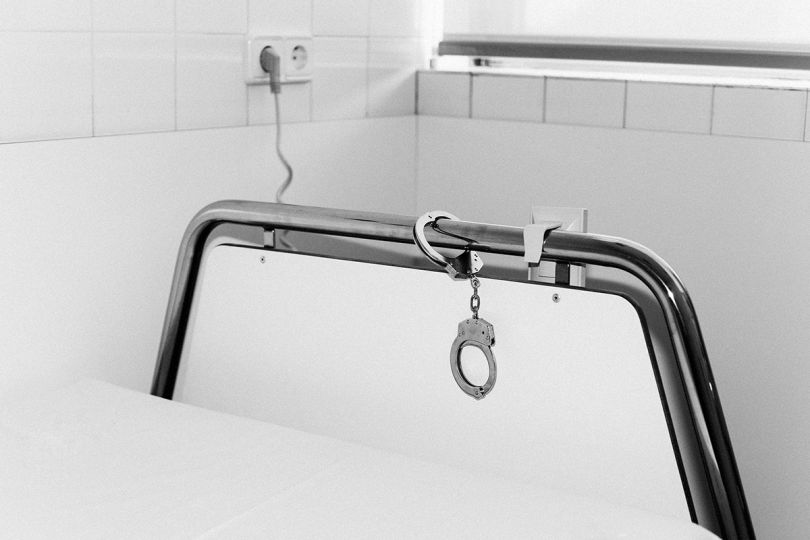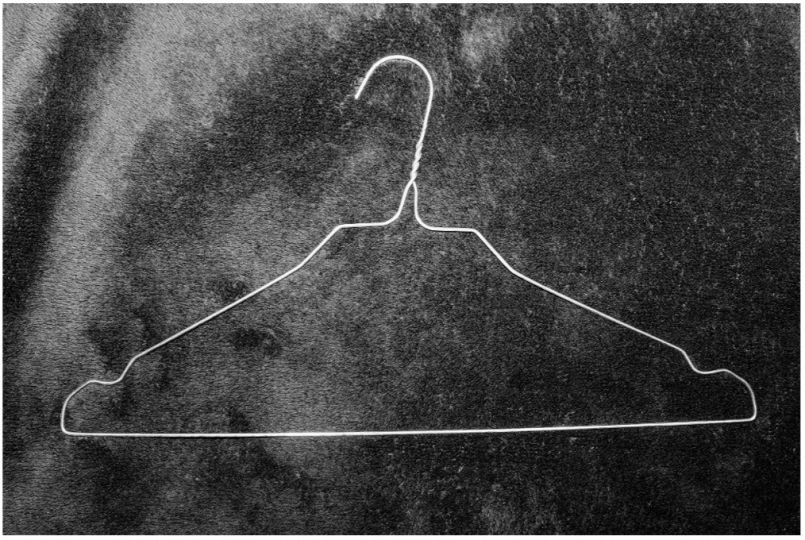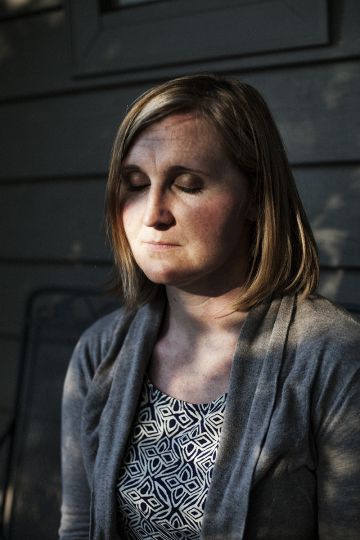For almost ten years, Laia Abril has been studying the oppression inflicted on women over the centuries. Combining eyewitness accounts, historical sources and photography, this colossal project, which unfolds in the form of chapters, is entitled A History of Misogyny. After studying menstrual cycles, abortion, rape and feminicide, the Spanish photographer presents a chapter at Photo Elysée that she considers to be one of the genesis of misogyny: On Mass Hysteria.
Mass hysteria, also known as collective psychosis, is a psychological and social phenomenon affecting groups of individuals in which a physical symptom spreads. It was in Nepal that Laia Abril began to take an interest in these singular manifestations, which particularly affect women. She was carrying out research for her project on menstruation when she heard an account of women working in a fast-fashion factory who had reportedly fainted in the thousands.
The photographer was particularly struck by the sexist way in which this story was perceived. One of the factory managers claims that their fainting was due to the amount of make-up they were wearing. As for the medical response, the prevailing psychological approach tended to blame the women for inexplicable symptoms. The term “hysterical” has long been used by the medical profession to categorise women considered “difficult”.
Other voices have since been raised, explaining these phenomena as a response to the oppression suffered by women and their bodies, whose only outlet, their only mode of expression, would be these physical symptoms. This is the hypothesis put forward by Laia Abril in this edifying project, which required several years of research, supported by PhotoElysée, Le Bal, the Finnish Museum of Photography and her gallery Les Filles du Calvaires.
Trained as a journalist, Laia Abril always follows a meticulous research protocol, delving into archives while interviewing specialists in various disciplines. This stage is systematically highlighted in her exhibitions and publications. We find it in the introduction to the exhibition, in the form of a timeline tracing the evolution of these phenomena throughout history and their societal interpretation: women accused of witchcraft in Salem, nuns meowing and biting like cats in Germany, epileptic seizures in a British factory or uncontrollable laughter in a Tanzanian school.
From these, Laia Abril has selected three stories. The first, which gave rise to this project, concerns fainting in the Nepalese factory. Taking place between 2009 and 2022, sometimes reaching peaks where, over the course of a year, an average of 2,000 workers lost consciousness. Then there’s the town of Le Roy in the United States, where in 2011 and 2012 cheerleaders and other students practising sports at a high level were seized by tics and convulsions. Finally, in Mexico in 2007, nearly 600 teenage girls of a Catholic boarding school lost their ability to walk upright.
Each case forms an enclosed space at the heart of the exhibition. Laia Abril makes it a point of honour to give a voice to the victims, who are echoed here in a series of mysterious photographs illustrating their words. Many tell of their exhaustion, their working and living conditions, and the treatment they received. All endured intense pressures, ranging from the academic and sporting pressures experienced by the American schoolgirls to the mistreatment of the young Mexican boarders who, if they did not comply with the rules set by the nuns, could be forced to run until they ran out of steam.
On leaving these spaces, visitors are confronted to quotations printed in red lettering on photographs of the victims found in the press: “These chilling comments come from the directors of the Nepalese factory, a doctor, the local press and one of the nuns from the Mexican boarding school. Faced with such denial of these women, it’s easy to understand why their bodies give way and why the only response can be psychosis.
In the last room, Laia Abril gives us a glimpse of another response: on a large screen, women demonstrate, expressing their anger against oppression in a common cry. They are exhausted, but their bodies explode in revolt rather than psychosis. Perhaps the next chapter in this fundamental history of misogyny?
Laia Abril – On Mass Hysteria
From 30 June to 1 October 2023
Photo Elysée, Cantonal Museum of Photography
Plateforme 10
Place de la Gare 17
1003 Lausanne – Switzerland
www.elysee.ch

